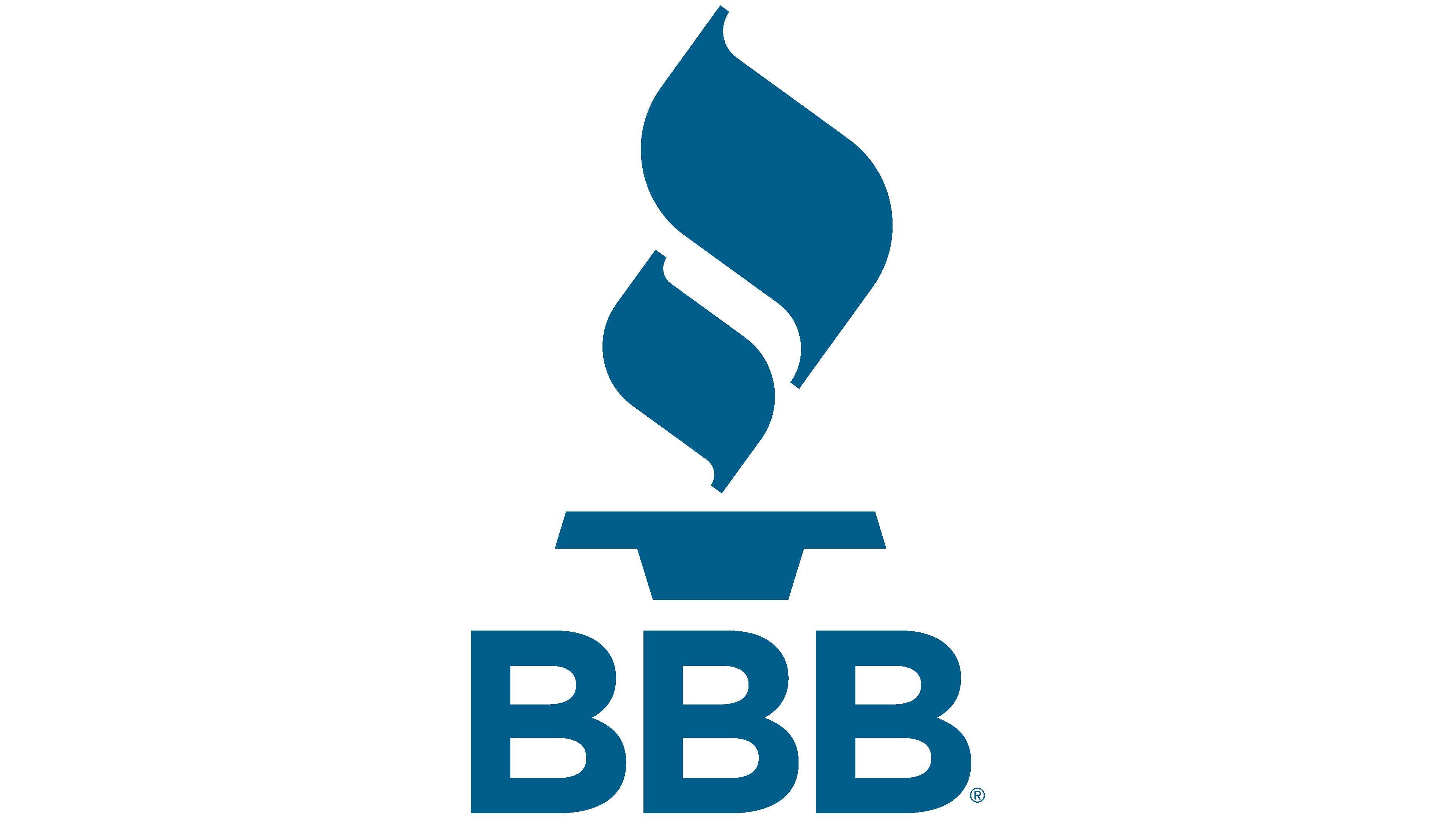Email marketing remains a critical and necessary endeavor for start ups and SMBs alike, when trying to gage a better understanding of their customer base, and what type of message will resonate with an often segmented audience. The multi-faceted nature of an email campaign can be utilized as part of customer loyalty or promotional/sales campaigns. Here are a few starter tips:
1. What do you want to achieve?Email remains invaluable for actions around informing and selling products or services. How many emails do you send out on any given week or month? Email marketing is an excellent retention tool, using different messages for users who haven’t returned to your site across a 30/60/90 day window, for example.
2. Develop your email marketing contact list
There are several ways to build up a list of customers and prospects: the first is organic and involves capturing prospect and customer details as. When such a query is received, this needs to be manually or automatically processed in a customer relationship management (CRM) database such as Salesforce. Here is more on top list providers.
Select your data provider carefully to buy a quality contact list. Consider driving traffic (of course), but additionally how you are going to build your email marketing list, and core ROI metrics. What’s in it for the user?
3. Create titles which resonate with your user base
Subject lines can make the difference between whether an email is classified as spam or worth opening to read. There is no specific rule, but ensure that subject lines are contextual and demonstrate a level of targeting, personalisation and relevancy to each individual within a particular customer segment. Favicons can also be interesting to trial.
Test out a few subject lines on a small audience within each target segment, and then use the subject lines (TIP: try A/B multivariant messaging) that could work best for each demographic. Use any customer insights that you have to find out what kinds of offers and communications are most likely to be clicked on.
4. Don’t use ‘noreply@’ email addresses
By using a ‘noreply’ email address you don’t have the opportunity to connect with your community. It also gives the impression that you don’t wish to engage, and won’t consider their views on your product or service.
5. Avoid recipients’ junk mail folder
We are all at the mercy of our both our own, and recipient’s ISPs. Spam is defined by the customer receiving your email marketing communications. It can damage your relationships with your suppliers, partners and customers. So it’s best not to do it.
If your emails are perceived as spam, you may find that 50% of your recipients won’t have received them. Many email marketing solutions offer a spam-scoring tool to assist falling into this trap.


























